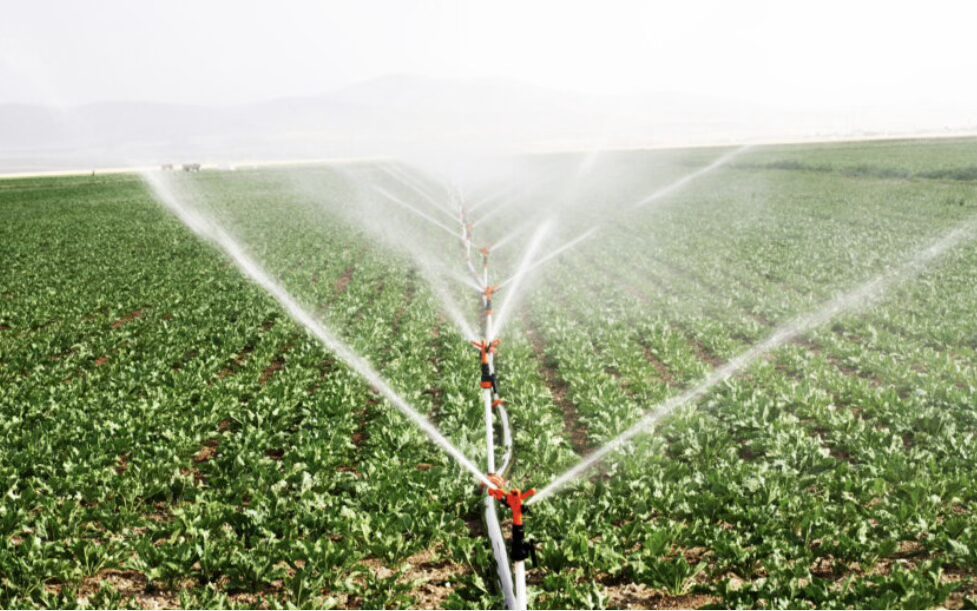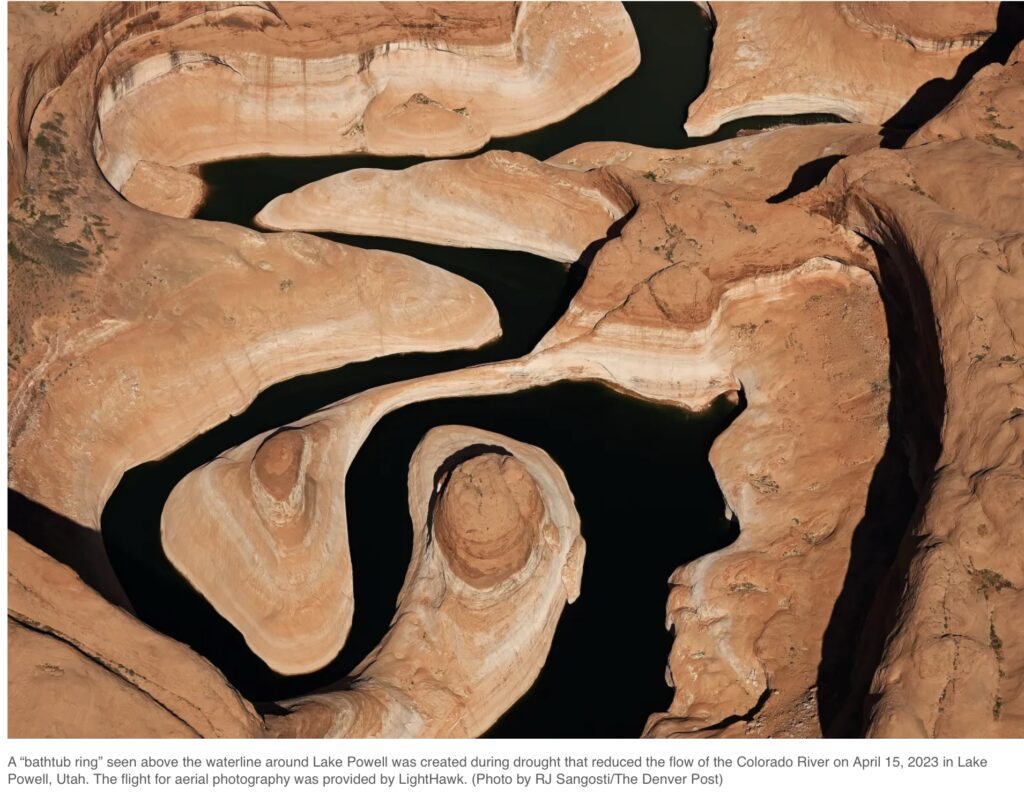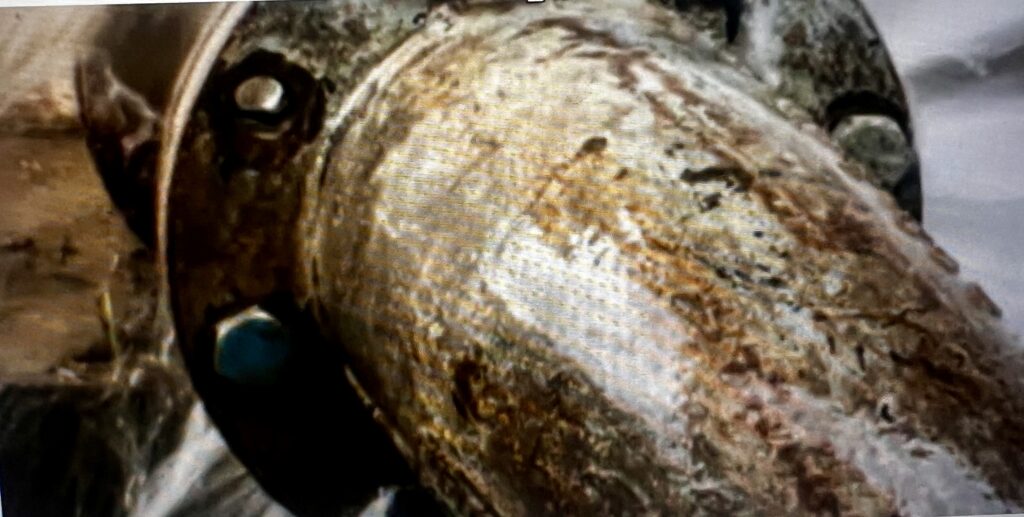Coming in April 11th issue: A natural way to color your Easter eggs.
Daniel Salzler No. 12989
EnviroInsight.org Four Items March 28, 2025
—————Feel Free To Pass This Along To Others——————
If your watershed is doing something you would like others to know about, or you know
of something others can benefit from, let me know and I will place it in this Information .
If you want to be removed from the distribution list, please let me know.
Please note that all meetings listed are open.
Enhance your viewing by downloading the pdf file to view photos, etc.
The attached is all about improving life in the watershed through knowledge.
If you want to be removed from the distribution list,
please let me know. Please note that all meetings listed are open.
Check our website at EnviroInsight.org
1. Bill Proposing New Groundwater Regulations For Arizona Rural Communities Advances. Jamar Younger, Arizona Capitol Times//March 21, 2025
A Republican-sponsored bill that would repeal the Willcox Active Management Area and establish groundwater conservation requirements in other designated rural areas is advancing through the Legislature.
SB1520 would allow the creation of Basin Management Areas that would impose a series of restrictions intended to preserve groundwater in Gila Bend, Hualapai Valley and the Willcox Groundwater Basin, which would be converted to the Willcox Basin Management Area.
A Basin Management Area could be initiated in those three basins if at least 10% of registered voters petition the director of the Arizona Department of Water Resources. It could also be initiated if the director finds an accelerated decline of groundwater levels, land loss due to groundwater withdrawal that endangers property or potential storage capacity, or other conditions in those basins, according to the bill.
The legislation, sponsored by Sen. Tim Dunn, R-Yuma, would establish councils for each Basin Management Area that would include representatives from the industrial and agricultural sectors, municipal water companies and an at-large member who resides in each basin.
The bill passed the Senate on March 13 and is scheduled to be heard by the House Natural Resources, Energy & Water Committee on March 25.
The Basin Management Area proposal is the latest attempt to create a new regulatory framework to address groundwater declines in designated rural areas and serve as an alternative to Active Management Areas and Irrigation Non-Expansion Areas. Those designations and their regulations have been around since the Groundwater Management Act of 1980, but now farmers and rural residents believe that law is too rigid and doesn’t allow enough local control.
Dunn isn’t the only legislator concerned with Arizona’s decades old groundwater policies, and another set of twin bills introduced earlier this session by Sen. Priya Sundareshan, D-Tucson, and Rep. Chris Mathis, D-Tucson, would’ve also enacted groundwater preservation measures in certain rural areas.
But the legislation, dubbed the Rural Groundwater Management Act, never received a hearing despite being touted as a bipartisan measure by Gov. Katie Hobbs and a group of Republican rural lawmakers during a press conference on Jan. 30.

Dunn’s current bill is similar to legislation that was introduced last year by then-Sen. Sine Kerr. That bill stalled in the House.
Kerr said farmers and representatives of irrigation districts in those basins approached him and requested some new regulations — within reason.
“Each basin has a little bit of different needs or suggestions. So that’s where we … came up with this bill,” Dunn said.
SB1520 is currently undergoing a stakeholder and negotiation process and could face potential amendments as Dunn looks to work with a number of groups, as well as Democrats and the Governor’s Office, to refine the legislation.
Supporters say the bill strikes a middle ground between maintaining conservation efforts, addressing the needs of the farming, ranching, industrial and mining industries, and preserving local control.
“It gives certainty and specificity to water rights for agriculture and other water users,” said John Boelts, president of the Arizona Farm Bureau. “It sets up the opportunity for a basin, a specific geographic area that all uses the same groundwater source to work together, to live within their means and chart their own future, rather than being dictated to about groundwater use by somebody in a different part of the state.”
The bill would also preserve those water rights for a wide variety of groundwater users, Boelts said.
“It offers some protections to people who have been farming, ranching, mining, running a water company for municipality rights to water, so that, unlike an (Irrigation Non-Expansion Areas) that just kind of fixes everything in place, it establishes a water right,” he said.
There are still questions from environmental groups on whether the bill does enough to preserve groundwater and protect aquifers.
The legislation calls for a 10% reduction — 1% each year — in annual groundwater use within 10 years of the formation of a Basin Management Area, which is inadequate, said Sandy Bahr, director of the Sierra Club’s Grand Canyon chapter.
“In some ways, I think it makes things worse, because it gives the impression that it’s doing something when it isn’t,” Bahr said.
Bahr also criticized the bill for not including more basins. The Rural Groundwater Management Act proposed by Sundareshan and Mathis included five basins: Gila Bend Basin, Hualapai Valley Basin, Ranegras Plain Basin and the San Simon Sub-basin. It would’ve also converted the Willcox Active Management Area to Rural Groundwater Management Areas.
Dunn’s bill would leave most of the state with no groundwater pumping protections, she said.
There’s a possibility that more areas could be designated as Basin Management Areas, but only if data supports designating those areas, Dunn said.
“So I’m open for conversations, but we need the data from the department and that’s part of our ongoing discussions,” he said Source: AZ Capitol Times
2. Safer Household Cleaners. Many conventional household cleaning products contain potentially dangerous chemicals. We don’t know if small amounts of these chemicals damage our health, but there are effective cleaners made from nontoxic vegetable-based ingredients that pose no threat…
All-purpose cleaner. Most all-purpose cleaners contain numerous dangerous chemicals, including alkylphenolic compounds, which can interfere with the body’s hormone system, and butyl cellosolve and morpholine, which can damage the liver and kidneys. Nontoxic cleaners include…
Bi-O-Kleen Super Concentrated All Purpose Cleaner & Degreaser, 800-477-0188, www.biokleenhome.com.
Ecover All Purpose Cleaner, 800-449-4925, www.ecover.com.
Seventh Generation Free & Clear All Purpose Cleaner, 800-456-1191, www.seventhgeneration.com.
Imus’ Greening the Cleaning Citrus Sage All Purpose Cleaner, 888-284-4687, www.imusranchfoods.com.
Automatic dishwasher detergent. Most dishwasher detergents contain ammonia and chlorine bleach, a chemical combination that can cause respiratory damage when inhaled. Try Seventh Generation Free & Clear Automatic Dishwashing Powder…or Mrs. Meyer’s Automatic Dishwashing Liquid, in lavender, lemon or geranium scents (877-865-1508, www.mrsmeyers.com).
Hand dishwashing liquids. These contain petroleum distillates or sodium hydroxide, a chemical better known as lye.
Safer products include Ecover Dishwashing Liquid, with lemon and aloe vera or herbal formula…Seventh Generation Dishwashing Liquid, available in citrus and lavender…Bi-O-Kleen Hand Moisturizing Dishwash Liquid…and Imus’ Greening the Cleaning Hand Dishwashing Liquid.
Oven cleaner. Conventional oven cleaners contain many dangerous chemicals, including benzene, a known carcinogen. Instead, make a paste out of baking soda, dishwashing liquid and a little water. Spread it on the bottom and sides of your oven, and scrub with a scouring pad. Wipe with a damp sponge.
Wood floor cleaner. Wash wood floors with a mixture of three parts warm water to one part distilled white vinegar.
Glass cleaners. Most glass cleaners contain ammonia D, a dangerous toxin that can cause serious respiratory and skin problems. Safer alternatives include Bi-O-Kleen Ammonia Free Glass Cleaner…Ecover Glass & Surface Cleaner…Seventh Generation Free & Clear Glass & Surface Cleaner…and Imus’ Greening the Cleaning Citrus Sage Glass and Window Cleaner.
Laundry detergent. Most laundry detergents contain chemicals that are dangerous to our respiratory and hormone systems, including chlorine bleach, phenol and alkylphenolic compounds. Safer products include Seventh Generation Free & Clear Laundry Powder or Liquid Laundry Detergent…Ecover Laundry Wash…Bi-O-Kleen Laundry Liquid or Powder…and Imus’ Greening the Cleaning Citrus Sage Laundry Detergent.
Fabric softener. Conventional fabric softeners often contain benzyl acetate, a carcinogen, and chloroform, a neurotoxin. Instead, add a tablespoon of distilled white vinegar to the wash.
Grout/mildew cleaner. Make a paste out of lemon juice and baking soda, plus a few pinches of salt. Apply the paste to discolored grout, and let it sit for as long as possible, up to a full day, before washing it off. If your grout still isn’t white, try Bi-O-Kleen Laundry Powder with Oxygen Bleach.
Deirdre Imus, founder and president of The Deirdre Imus Environmental Center for Pediatric Oncology at Hackensack University Medical Center, Hackensack, New Jersey. She is author of Green This! Volume 1: Greening Your Cleaning (Simon & Schuster). She has developed a line of nontoxic cleaning products called Imus’ Greening the Cleaning—all profits are donated to charity. www.imusranchfoods.com.
3. Despite Near-Normal Snowpack, Key Colorado River Reservoir Is Expected To See Lower Spring Flows. The amount of snowmelt expected to reach the key reservoirs on the Colorado River this spring is far below the median of the last two decades, despite near-normal snowpack levels and heavy March storms across the basin.
Snowpack across the entire Upper Colorado River Basin sits at 95% of median as the winter draws to a close, according to a report released this week by the Colorado Basin River Forecast Center. But only about 4.5 million acre-feet of water are expected to flow into Lake Powell as snow melts across the Upper Basin — 70% of the median amount recorded between 1991 and 2020.
That means there is little hope that spring runoff into the crucial river that makes modern life possible across the Southwest will significantly raise water levels in the region’s two major reservoirs: Lake Powell and Lake Mead.
Both reservoirs — which store water for users in Arizona, California and Nevada — are about a third full and rely on snowmelt from the river basin upstream to be replenished. The amount of snow in the Upper Colorado River Basin generally peaks in early April.
“It’s hard to recover storage with a below-median year, which is where we are,” said Bart Miller, the healthy rivers director at Western Resource Advocates. “The seasonal forecast for the whole basin suggests we’re in for another dry year.”

The below-median inflow forecast comes as representatives from the seven states that rely on the Colorado River continue critical negotiations on how the river should be apportioned in the coming decades. The negotiators are working out how to divide cuts to water supplies as the river’s flows shrink and precipitation becomes less reliable.
Below-normal runoff is becoming a norm that must be dealt with, Miller said. Research shows that warmer temperatures, drier soils that suck up water and more variable precipitation — all fueled by climate change — have significantly reduced runoff in the Colorado River Basin. Those are among factors that contribute to the discrepancy between normal snowpack and below-normal inflow to Lake Powell, Miller said.
“As a basin, we’re having to face the fact that there is more demand for water than the river can provide,” he said.
Water levels in Lake Powell have generally declined since 2000.
“If the trend continues over a few years, we’ll see ourselves again talking about Lake Powell reaching ‘dead pool,’ ” Miller said, referring to a scenario where the reservoir’s water level drops so low it can no longer be released downstream. Source: Denver Post
4,. City of Kingman to Upgrade Water Infrastructure in New Kingman/Butler Area with Grant-Funded Water Meter Installation Kingman, AZ – The City of Kingman’s Public Works Department will begin a grant-funded project to install 670 new water meters in the New Kingman/Butler area. This infrastructure improvement will modernize the city’s water system by enabling automated meter readings, enhancing accuracy, efficiency, and service reliability for residents.

The project will start on Monday, March 24, 2025, at the intersection of Northern Avenue and Bank Street, and will progress throughout the area over the next 100 days, with completion anticipated by July 2, 2025. As part of the installation process, temporary water service interruptions may occur. Impacted residents will receive door hanger notifications at least one week in advance. In most cases, water service will be disrupted for no more than 15 minutes. However, if crews identify unexpected infrastructure concerns, such as aging pipes requiring repairs, the duration may be extended to address necessary improvements.
This project, funded through a secured grant, allows the City of Kingman to modernize water infrastructure without additional costs to residents. The transition to automated meter readings will enhance operational efficiency and ensure more precise water usage data. Source: The Bee News
Copyright: 2025 EnviroInsight.org
